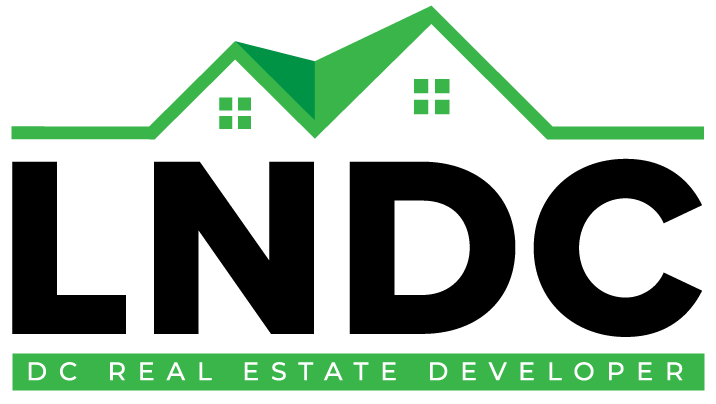Top Real Estate Trends Affecting Home Developers Today
The real estate market is never boring. Just when developers think they have everything figured out, a new trend shakes things up. For home developers, staying on top of what buyers want is the difference between a project that sells out and one that lingers. So, let’s dive into the top real estate trends affecting home developers today, with a lighthearted look at where the industry is heading.
1. Eco-Friendly Homes Are No Longer Optional
Green living is more than a buzzword—it’s becoming the new normal. Buyers today are asking tough questions about energy efficiency, sustainability, and smart resource use. Developers who once considered solar panels a “luxury add-on” now find them expected by many environmentally conscious buyers.
Energy-efficient windows, smart thermostats, and recycled building materials are also on the rise. These features aren’t just good for the planet—they also cut utility bills, which makes them more attractive. Even something as simple as including low-flow showerheads can help homes stand out in a competitive market.
For developers, this trend is both a challenge and an opportunity. Building greener homes may cost more upfront, but the resale value and buyer demand make it a smart investment. Curious about future projects that may include sustainable features? Check out LNDC’s upcoming properties.
2. Technology Is Taking Over the Home
Remember when “smart home” meant having a clunky programmable thermostat? Those days are gone. Modern buyers want technology that makes life simpler and safer. Think smart locks, video doorbells, lighting systems controlled from your phone, and kitchens ready for smart appliances.
Developers are seeing that tech-ready homes sell faster, especially in suburban and urban markets where young professionals are buying. In fact, real estate experts predict that homes without integrated tech features may feel outdated much sooner than expected.
Adding these features is easier than ever for builders, and it creates that wow factor during showings. Buyers walk into a house and think, “Wow, I can control everything with one app.” That’s a powerful selling point. If you want to see what’s currently available, explore LNDC’s properties on market.
3. Flexible Living Spaces Are in High Demand
Another trend changing the game is the rise of flexible living spaces. The pandemic taught people that homes need to work harder than ever. Suddenly, kitchens became offices, spare rooms became gyms, and backyards became vacation spots.
Now, buyers are specifically looking for homes that offer adaptability. Open floor plans are still popular, but people also want private areas for work or relaxation. Developers who design homes with bonus rooms, multi-use basements, or even convertible garages are hitting the sweet spot.
One creative solution popping up is the “pocket office,” a small built-in space for working from home. It’s not as overwhelming as dedicating an entire room, but it gives people flexibility. Developers who understand these lifestyle shifts are creating homes that fit today’s needs without sacrificing design.
4. Location Trends Are Changing Fast
The old saying “location, location, location” still holds true, but what buyers want in a location is shifting. Remote work has opened new possibilities, and many families are moving away from expensive cities into suburban or even rural areas.
Developers who used to focus heavily on city condos are now investing in suburban communities with more space, greenery, and family-friendly amenities. At the same time, urban buyers still want proximity to restaurants, gyms, and cultural attractions, which means mixed-use developments are also gaining traction.
The trick for home developers is balancing these demands and planning projects that serve evolving buyer lifestyles. Those who adapt quickly are finding strong opportunities in both city and suburban markets.
5. Buyers Want Speed and Transparency
Finally, one of the top real estate trends affecting home developers today is the expectation for speed. Buyers don’t want endless delays, confusing contracts, or hidden costs. Thanks to the internet, they’ve become accustomed to fast information and transparent processes.
Developers who offer clear communication, digital walkthroughs, and online tools stand out from the competition. Some are even integrating virtual reality tours to let buyers “walk” through a property before construction is finished. Others provide detailed cost breakdowns that remove the guesswork.
Transparency builds trust, and trust builds sales. It’s really that simple.
Wrapping It All Up
The top real estate trends affecting home developers today show us that the industry is not standing still. From eco-friendly homes to tech integration, flexible layouts, new location demands, and faster buying processes—developers have plenty to keep up with.
If you’re curious about real projects that reflect these trends, start at the LNDC homepage. You’ll find both upcoming properties and current listings that showcase where real estate is heading.
And if you’re ready to take the next step toward finding or developing your dream property, let’s make it happen today.
For more industry insights, check out resources from National Association of Home Builders and Forbes Real Estate Council.
The future of real estate may be unpredictable, but one thing is clear: it’s definitely exciting.











